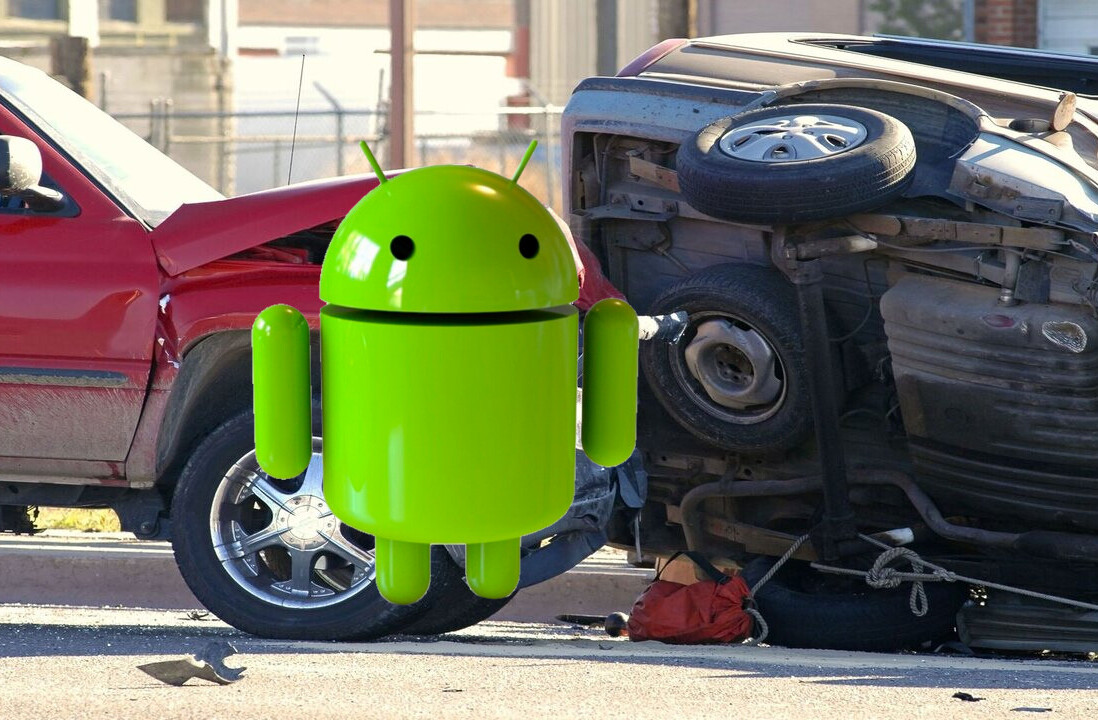
Gather round children and let us tell you the story of the little best android tablet that could, the Viewsonic gTablet.
Once upon a time (November 2010), in the midst of a slew of terrible Android tablets assaulting the senses of techies the world over, the powerful gTablet (affectionately known as the gTab) came along with specs that wouldn’t be seen on competitors for months to come (a 10.1 screen, Tegra 2 processor and half a gig of RAM). It also sported a full-size USB, mini-USB and micoSD card slot, all of which are also sought after by consumers that want to move their media and files on and off their slates.
Price-wise, it started out in the $400 range – so even when new, it was less than the iPad – but competition and a pretty horrendous screen if you’re not looking at it head-on (the viewing angle is something like 30 degrees, compared to the iPad’s 178 degrees), led to consistent price drops over the first six months of 2011, and as recently as a two weeks ago, the vigilant were able to snag one for only $249. But even at this low price, you might guess that this product that doesn’t have GPS, a compass, a gyroscope or HDMI-out wouldn’t be winning out over more fully featured Android tablets like the Motorola Xoom, Asus Transformer, Acer Iconia and Galaxy Tab 10.1, right?
Well, with the exception of the Transformer, you’d be wrong. Even with all of the competition, the Viewsonic gTab is still selling like hotcakes on sites like TigerDirect (where is the #2 selling tablet, right between the 16gb and 32gb versions of the Transformer) and Woot, which recently sold 10,000 of them in a day. How could that be?
Well, again, price is certainly a large, if not the largest factor – at $249 with free shipping (and no sales tax) that’s half the price of the iPad 2 and $150 less than the $399 16gb Transformer (which, for those of you that don’t want to bother with custom ROMs is certainly the best buy on the market). The price point, however, isn’t what has made this seemingly average-at-best Android tablet a consistent seller over the last eight months.
Rootability
 Nope, the secret to the gTab’s success has been that Viewsonic made it extremely easy to root, hack and virtually unbrickable, all of which has made it a darling of the Android ROM developer community.
Nope, the secret to the gTab’s success has been that Viewsonic made it extremely easy to root, hack and virtually unbrickable, all of which has made it a darling of the Android ROM developer community.
One of the lead advocates/developers for the gTablet is “Roebeet” (here’s his SlateDroid profile, need to be signed in to view) whom has not only been writing up guides on how to navigate the rooting/modding of the gTablet, but has ported Honeycomb to it, with his Bottle of Smoke ROM (remember, Google hasn’t open sourced Honeycomb yet, so all unofficial Honeycomb ROMs are that much more impressive), which works on the gTab like a charm.
When you install the latest alpha version of Bottle of Smoke, Roebeet explicitly thanks his gTab, saying “it loves to be flashed” – and that is the key. The gTablet is exactly what has made Android phones so popular, and more manufacturers should pay attention. Other popular custom ROMs for the gTab include VEGAn, Cyanongen Mod 7 and others.
So what can learn from the story of the gTab kids? Well…
- Android tablets don’t have to be perfect (i.e. the iPad) to succeed.
- All Android tablets should be easily rootable with unlocked bootloaders right out of the box.
- There is a thriving ecosystem that wants to see Android tablets succeed.
- The sub-$400 price point (especially with free shipping and no sales tax) is what a lot of people are looking for.
- The more ports (USB, SD card slots, HDMI) the better.
Of course, the lack of dedicated apps is still a huge problem for all Android tablets vs the iPad, but frankly, that was a problem for the Android phones that took on the iPhone once upon a time as well. What led to the ridiculous popularity of Android phones was that they were cheap, had great hardware, were on all carriers and because they were rootable (after some work on the part of devs). If a tablet could come to the market hitting all of these points, it could really drive innovation and adoption, and – dare we say it? – maybe even take on the iPad.
Let’s just hope it has a nice screen too.
The End.
Get the TNW newsletter
Get the most important tech news in your inbox each week.




